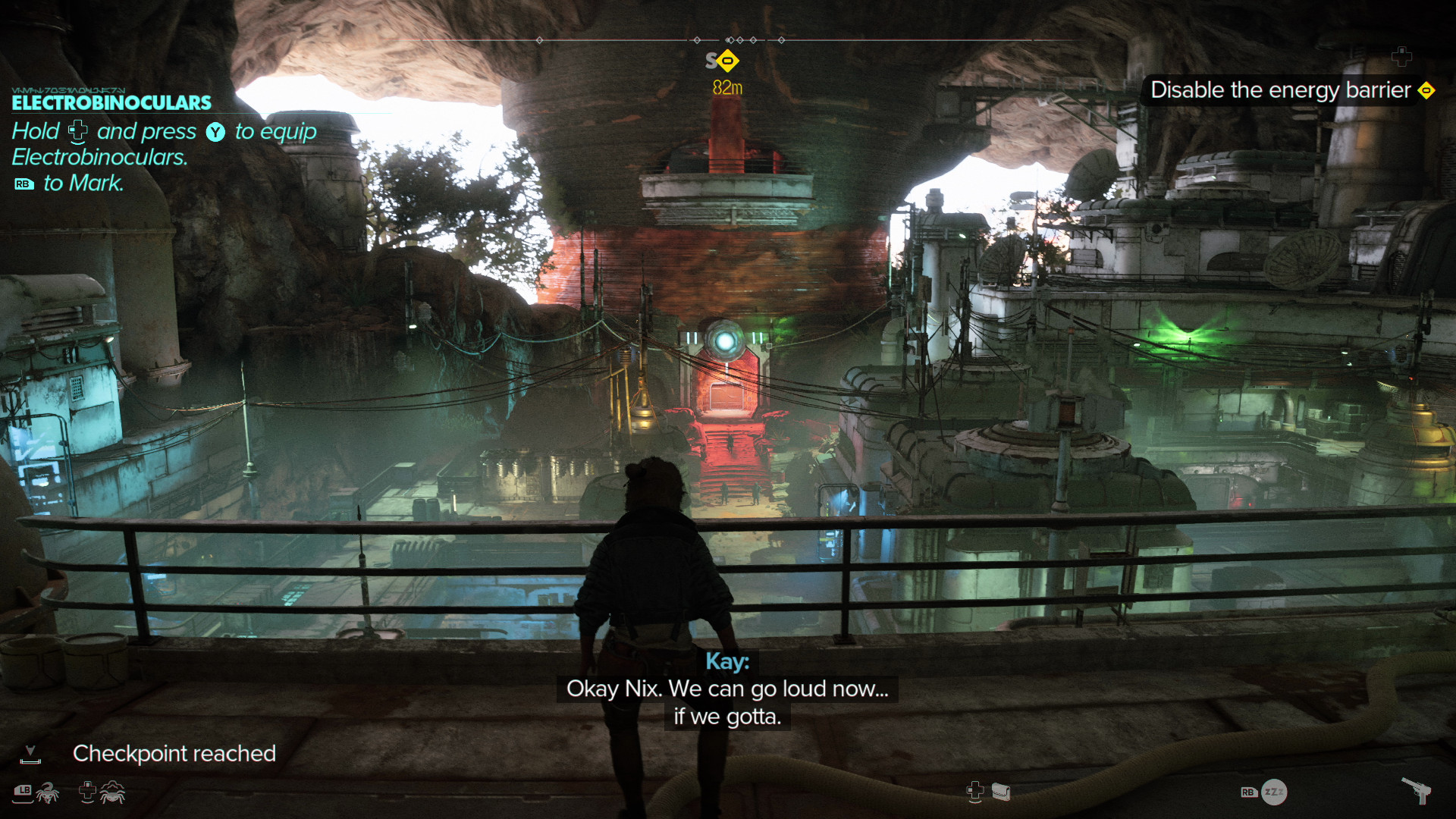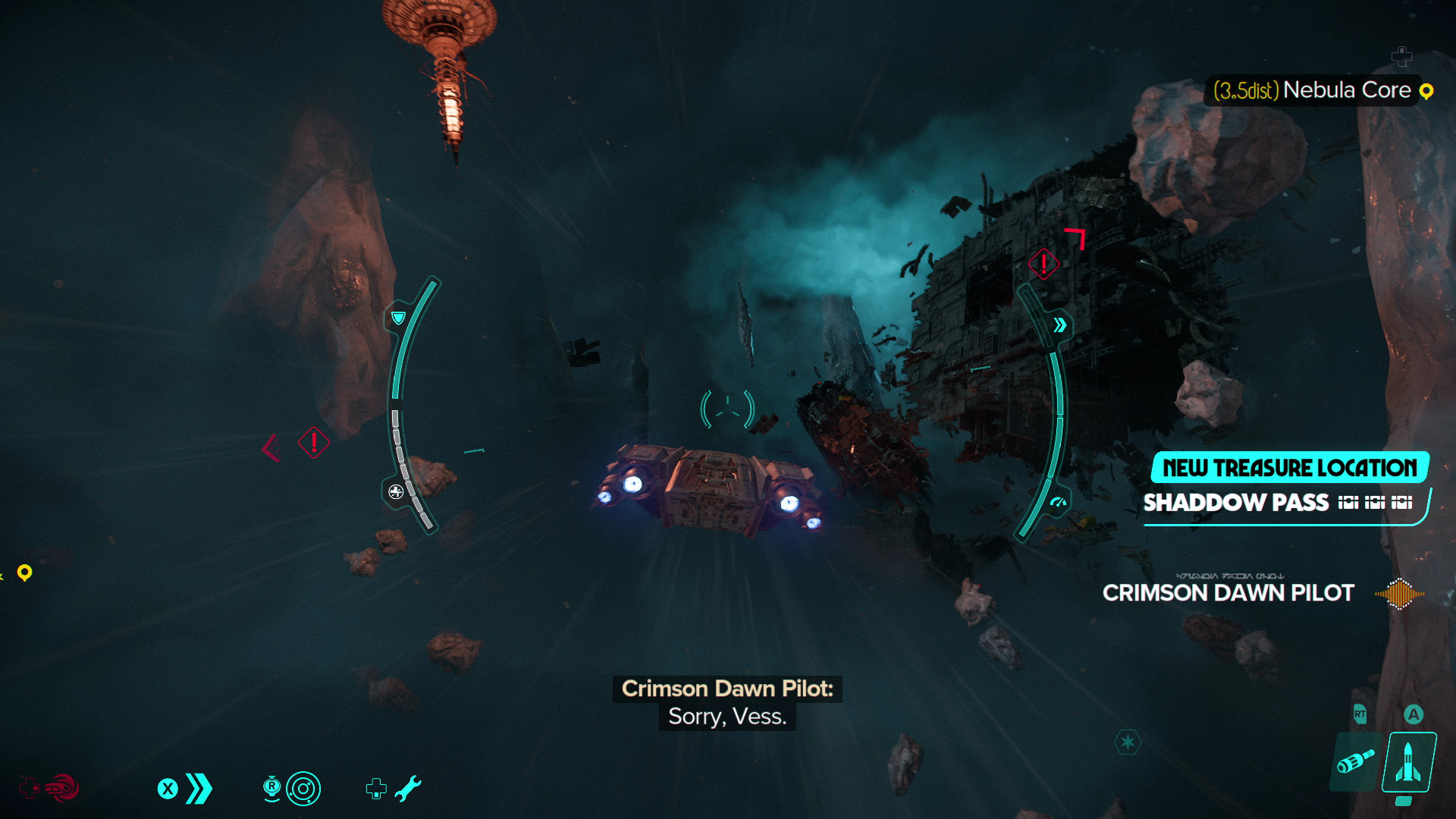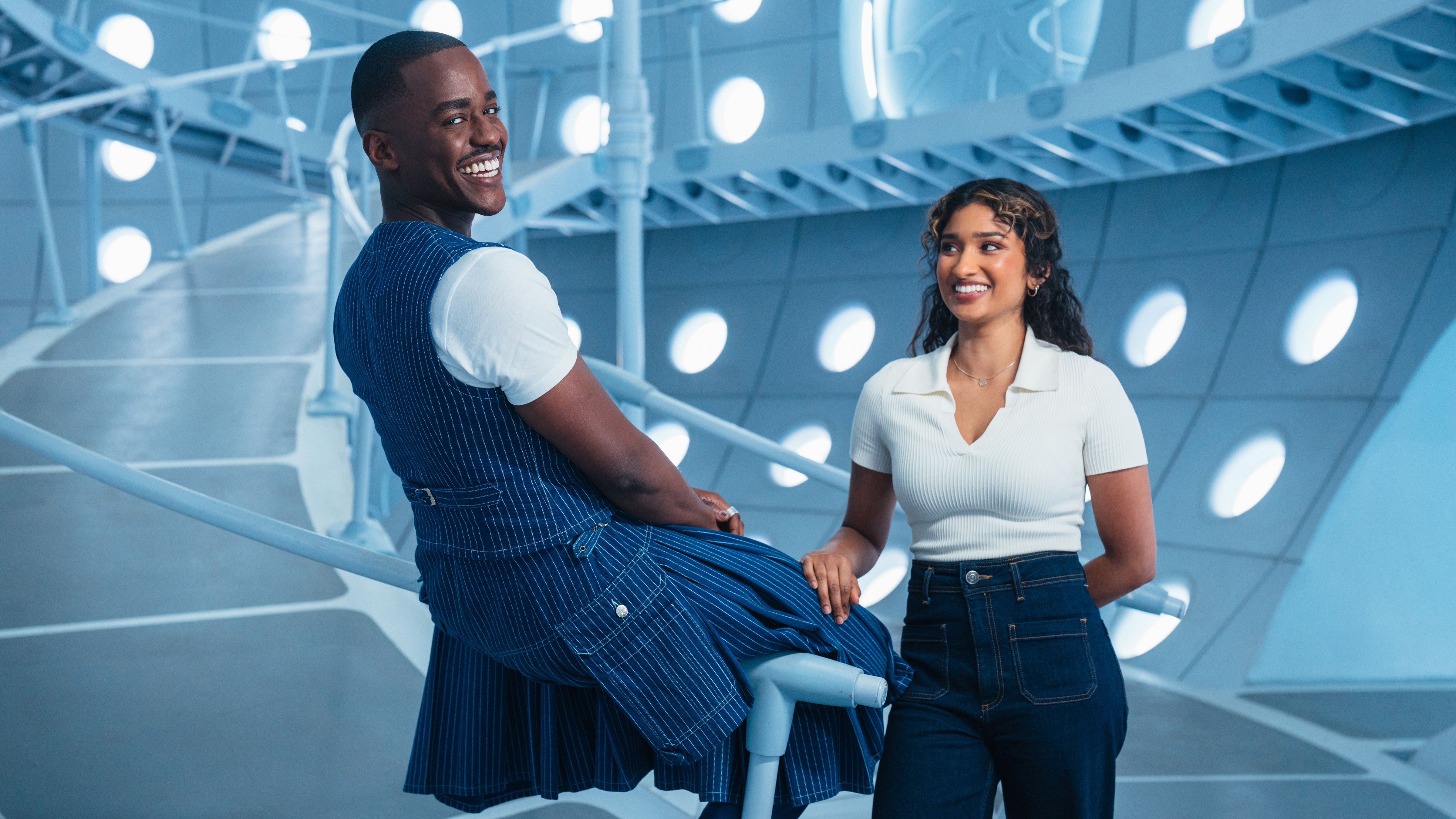I've spent 4 hours in Star Wars Outlaws' open world and it feels like Red Dead Redemption in a galaxy far, far away
Hands-on | Star Wars Outlaws is the least Ubisoft-feeling Ubisoft game I've played in ages

There's no better display of the magic in space westerns than those moments where Star Wars focuses on its underworld. Perhaps then I shouldn't have been surprised when, after spending four hours wandering the open world of Star Wars Outlaws, I found myself feeling like I'd returned to the Wild West deserts of the original Red Dead Redemption.
In practical terms, Outlaws builds an open world that feels less like the collectathon checklist you've maybe come to expect from Ubisoft, and instead like an open-ended canvas for more interesting stories and missions to take place on. Like in Rockstar's old west, there are things to discover out in the distant expanses, but you won't be climbing towers to uncover map markers with all sorts of boilerplate activities to complete.
The team at Ubisoft's Massive has repeatedly emphasized that Star Wars Outlaws is all about fulfilling that scoundrel fantasy - and that means everything, including the open world, is built to fulfill that dream. You might overhear a whisper in a cantina that points you toward some lucrative score at a hidden base out in the wilds, giving you an actual, story-driven purpose for your exploration. My hands-on time had me stunned by just how organic the devs have managed to make this all feel.
Syndicate wars

"The high level intention was never to force you to do something from a checklist."
Julian Gerighty, creative director
My demo opened with protagonist Kay Vess making a rough landing on Toshara and escaping waves of marauding bandits in a big speeder bike chase. This serves as the introduction to the adrenaline meter, which charges up in combat and, when full, lets you briefly pause the action to mark enemies and instantly take them down with an impressive display of gunslinging – perhaps the game's most obvious nod to Red Dead.
The chase led me to the city of Mirogana, which serves as a central hub for both Toshara's underworld activity and the in-game action in this area. Here, my objective quickly becomes making contact with Gorak, head of the Pyke crime syndicate's operations on the planet, and there seem to be multiple ways of making it happen – either by purchasing an invite from a shady seller out front, or sneaking into his office above the cantina through a ventilation shaft. Either way, Gorak is none-too-impressed by your sudden intrusion, and I'm soon on a mission from another underworld figure to infiltrate Gorak's base and steal a bit of intel.
This sort of double-dealing is exactly the sort of stuff a good story about a lovable outlaw is built around, and Star Wars Outlaws is filled with it. Eventually, the intel at Gorak's base confirms that one of his lieutenants is plotting a betrayal - you can either go along with their scheme, or report the info back to Gorak himself. I chose the latter, which gave me enough influence with the Pykes in the game's faction system to get free reign of their base.
That's just the introductory story mission, but it's the loop you'll see throughout Star Wars Outlaws. You'll find a mission to be done, a number of ways to accomplish it, a few factions who'll take note - positively or negatively - of your accomplishments, and a reward for seeing it through. Every mission - both from side quests and the main story - I played through neatly tied into both the faction system and the story of Kay's journeys through the underworld to make it feel like part of a bigger, more cohesive whole.
Sign up to the GamesRadar+ Newsletter
Weekly digests, tales from the communities you love, and more
Ditching the checklist

"The high level intention was never to force you to do something from a checklist," creative director Julian Gerighty tells me. "It was always 'Go out there, try and track down this intel that you've heard about this one expert who can maybe help you with your speeder.' On the way, you see a ship crash land, and then you go and check it out. And things happen one after the other and it feels completely natural, because it's you deciding to do those things in the order that you want to do them. So it feels very natural, and it feels very ingrained within not only the world that we built, but also the fantasy of the outlaw."
Just like Gerighty says, Outlaws does a magnificent job of making sure its activities don't feel like a checklist. Maybe that'll change deep into the game, once you've found a ton of intel and have all kinds of potential missions dotted on your map, but the objectives I found were varied and rewarding enough that I kept wanting more.
You might hear a radio message come over your speeder bike's police scanner, pointing you to a cache of stolen Imperial supplies for a quick dose of combat and item gathering. You can spare a few credits for a stranger who'll tell you all about the secrets held by the mysterious wind tunnels on the other side of the map. Or perhaps, stumble on a speeder bike enthusiast on the roadside who'll challenge you to a race.
It helps that it all meaningfully ties back into some of your central rewards, too. Remember how I got free access to the Pyke base after warning Gorak of that betrayal? An hour later, I was sneaking through a Pyke outpost trying to steal an equipment upgrade, but I got caught and had to shoot my way out. Suddenly, my reputation with the syndicate was shot and I was no longer welcome in their territory, which would inevitably make future dealings with the Pykes even trickier.
Open worlds of every scale


The Trailblazer ship in Star Wars Outlaws drew inspiration from an unlikely place: turtles
While Toshara fits the mold of a traditional open world, with big open fields dotted by points of interest, the locations in Outlaws also offer quite a bit of variety in structure and scale. I spent some time on the planet of Kijimi, the icy planet introduced in Rise of Skywalker, and this map is predominantly set in one large town. It's still open-ended, and there are still side quests to undertake and optional areas to explore, but it's much more constrained compared to the big desert you ride around in on Toshara.
"Kijimi, the frozen wasteland - that's a city, but it's the city of thieves," Gerighty explains. "It's a large city, it's incredibly detailed, [and it] feels completely different to play. Akiva: lush jungle with rivers [and] lakes. You'll find an upgrade for your speeder that'll allow you to drive on water. So that opens up the world in a completely different way as well. Every planet has a different size, a different approach, and a different gameplay kick to it."
These opportunities for exploration also extend to the space above each planet, which have their own optional objectives to complete. The space above Kijimi, for example, takes you through the tunnels of a stellar storm cloud, with winding paths and roving bandits to deal with as you search for valuables among derelict ships and space stations.
The story has you visiting each of these planets in order to recruit various specialists to help you pull off a big heist at the end of the game, and past a certain point in the story, you're free to complete these planets in any order you want. Each planet has a "self-contained story," Gerighty says, but you can choose to "press pause" on that plotline and go pursue another planet's story whenever you want. "The story will track that and you'll still have your own story with the different syndicates running in the background as well."
Becoming an outlaw

"Every planet has a different size, a different approach, and a different gameplay kick to it."
Julian Gerighty, creative director
When I brought up how much my hands-on time with Outlaws' open world reminded me of Red Dead Redemption - appropriate, given how much Westerns inspired pieces of Star Wars in the first place - Gerighty surprised me by referencing another beloved open-world game. "It's super interesting because my biggest reference was Ghost of Tsushima, which is more on the Kurosawa side of inspiration than the Western, the John Ford side of the inspiration for George Lucas," he explains.
"Red Dead Redemption is phenomenal, [because it treats] the world as a world - not as a checklist of activities that are repeated often. But I think that Ghost of Tsushima, what I loved about it was this purity of having a player fantasy and really leaning into it. This is the story, the world, the character, everything fits together with the gameplay guiding everything. That's the fantasy of 'you are a samurai ninja in Japan.' That was one of the guiding lights for this."
Of course, the fantasy in this case is that you're a galactic outlaw, and that's how the open world design works here – you're learning about opportunities for scores both big and small, and taking advantage of them when your moment comes along. It filters down into the moment-to-moment action, too, where your attempts at stealth might suddenly break into open combat, and you can make improvisational use of enemy weapons or your buddy Nix to even the odds.
By the end of my four hours with Star Wars Outlaws, all I wanted to do was play more. I've found myself growing increasingly burnt out on open world games over the years, but this open world feels like one of the most complete and coherent I've seen in ages. I'll need a lot more time with Outlaws to know how it measures up against incredible games like Red Dead Redemption and Ghost of Tsushima, but the fact that it's reminding me so strongly of them is a good thing indeed.
Recent updates
Our full Star Wars Outlaws review is now live, so go see whether the promise of this preview build matched our final impression of the full release.

Dustin Bailey joined the GamesRadar team as a Staff Writer in May 2022, and is currently based in Missouri. He's been covering games (with occasional dalliances in the worlds of anime and pro wrestling) since 2015, first as a freelancer, then as a news writer at PCGamesN for nearly five years. His love for games was sparked somewhere between Metal Gear Solid 2 and Knights of the Old Republic, and these days you can usually find him splitting his entertainment time between retro gaming, the latest big action-adventure title, or a long haul in American Truck Simulator.


